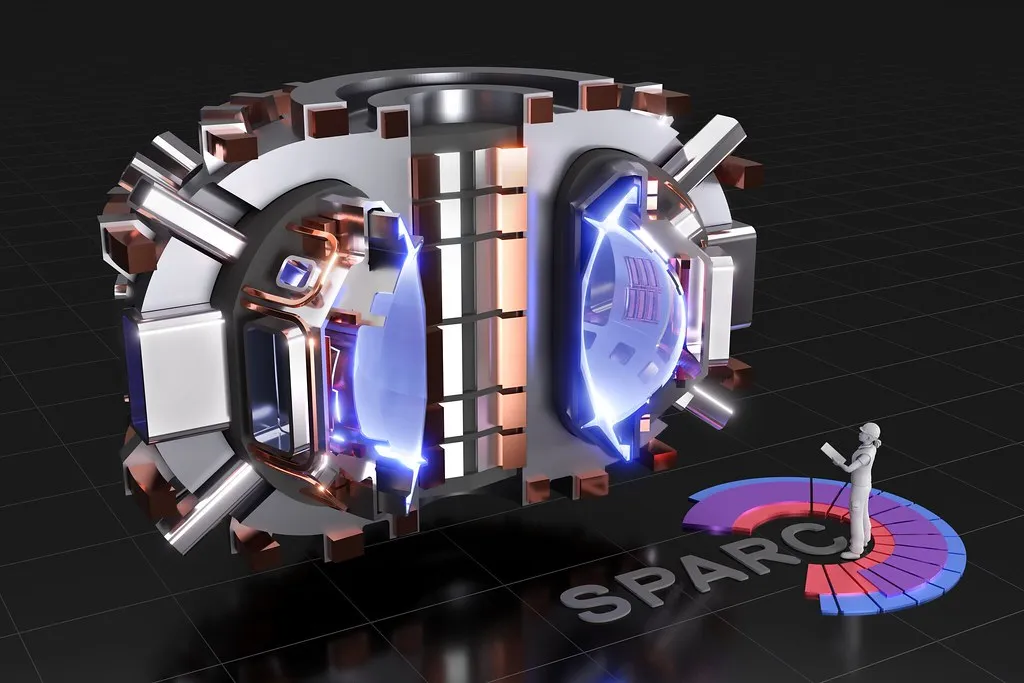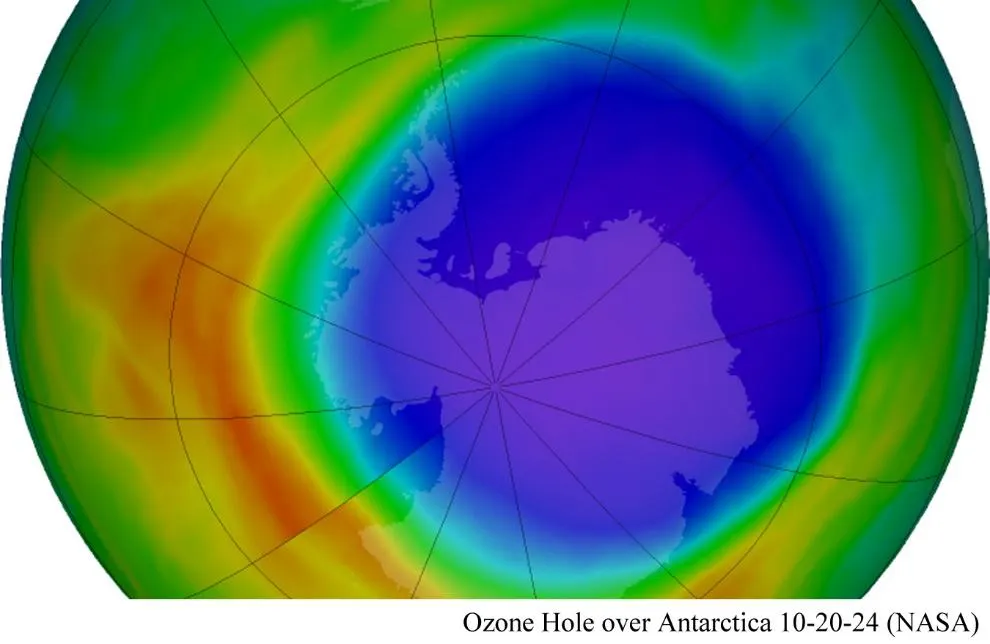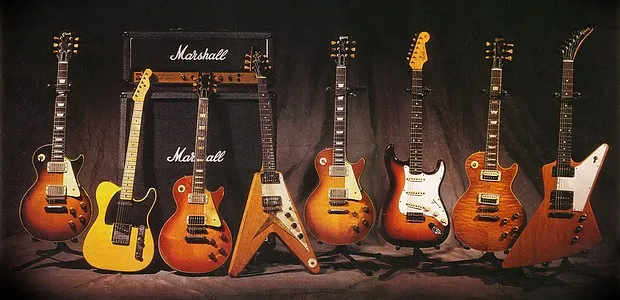Table of Contents
Watching old sitcoms can be an instructive exercise: mostly in the continuing delusions of the leftists who’ve dominated television since the middle 60s. For instance, who can watch old episodes of All in the Family and not feel a nagging twinge that, on at least some essentials, “bigoted” Archie didn’t actually have a point? More importantly, who can escape the feeling that Meathead was nothing more than a preachy, left-wing bigot who was just, well, full of shit?
Mostly, though, such a stroll down Nostalgia Lane serves to drive home just how little the left have ever learned from their mistakes. In one episode, Meathead is planning to protest a nuclear energy plant. “Ya don’t need nukular energy,” he rants. “You can have wind power, solar power!” Fifty years later, we’re seeing the solar and wind-powered future — and it ain’t working.
For almost as long, we’ve been living with the continual assurance that fusion energy is just a few years away. In that respect, it’s been like the End of the World: always just a decade away.
Meathead was dead wrong, of course: we really do need nuclear power. At least, if we’re to achieve the not-unreasonable goal of slowly moving away from fossil fuels, without dragging ourselves back to the Dark Ages.
‘The fission of 1 kg of uranium-235 releases about 19 billion kilocalories, so the energy released by 1 kg of uranium-235 corresponds to that released by burning 2.7 million kg of coal.’
In other words, it is an extremely efficient way of producing energy. Even before we get to modified reactors, humans have 4 billion years of nuclear fuel. We have solved our energy problems.
Well, we would have, if we were smart enough not to be panicked like mindless sheep by the Meatheads of the world. Because the fact is, spectacular boogey-men like Chernobyl aside, nuclear fission has proven to be an incredibly safe energy technology. France and Germany managed to operate nuclear plants for decades without incident. Nuclear has caused fewer deaths than even solar and wind generation.
But, yeah, I get it: nuclear fission just sounds scary. Radiation! Harnessing the power of a nuclear bomb to boil water!
Wait till you get to grips with the facts of nuclear fusion, then.
Nuclear fusion in stars is not a calm or safe process. It usually ends in a supernova – or catastrophic collapse of the star’s core accompanied by a violent expulsion of its outer layers. Sometimes the core collapses entirely. There are many circumstances that may cause the process of nuclear fusion to go wrong along the way, leading to dangerous and bizarre stellar deaths that wipe out solar systems. It’s not the sort of technology you want to bring along to the science fair.
In order to fuse anything, the ‘Coulomb barrier’ has to be reached. The gravity generated by the mass of stars does this easily, but that kind of gravitational power does not exist on Earth for obvious reasons. (After all, we don’t want to collapse ourselves into a black hole by accident – CERN, we’re watching you in particular.)
Maintaining this high pressure environment to create and contain plasma to facilitate fusion is expensive, difficult, fragile, and ultimately dangerous – far more so than nuclear reactors (which look rather dull in comparison). Despite fusion and fission developing side-by-side, there are only a few experimental fusion reactors that have produced positive tests, but no power.
If you think fission is scary-sounding, try to get your head around the idea of heating nuclear fuel to 100 million degrees — all while the expelled neutrons are trying to eat away the container.
Fusion’s promises are utopian – a near-unlimited fuel resource, very little nuclear waste, and more power than humanity can use. The trick is not blowing ourselves up trying to harness it.
Then there’s the not-insignificant issue of getting the fuel in the first place. The commonest fusion fuel is tritium — an extremely rare radioactive isotope of hydrogen. Not only does tritium cost $30,000 per gram, its only commercial sources are… nuclear fission reactors.
Nuclear fusion, the Holy Grail of energy, is a great idea if you’re a giant ball of plasma floating in space. For a small power station on Earth, it is probably more trouble than it is worth – a romantic but ultimately bad fit for the problem at hand.
Spectator Australia
So, you can keep placing your faith in the unproven bet of fusion, but I’ll believe it some time after I witness that end-of-the-world I’ve been promised since I was a boy.
In the meantime, we have a perfectly reliable source of abundant energy at hand. We’ve just been too conditioned to be afraid of it to use it.
Thanks a lot, Meathead.









